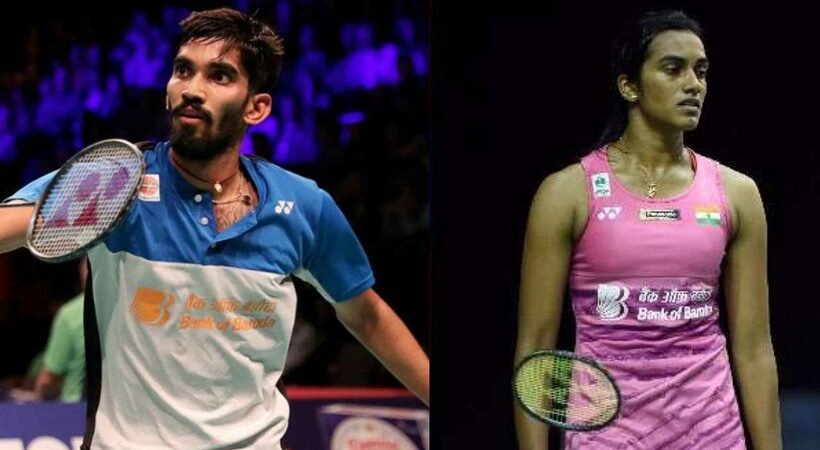For some years Indian badminton was attracting talents mostly from one zone: Hyderabad. The players to invariably come up the ranks were from Pullela Gopichand Academy. There is nothing to worry about with regard to this trend. But what was creating a lot of concerns was the absence of new generations of talents, apart from PV Sindhu or Srikant Kidambi, in the badminton arena. It looked as if the world of badminton would experience a drought-like situation in the future, especially after the exits of the two Hyderabadi shuttlers. However, in the last one year or so the growing unease over the lack of future alternatives has gradually waned with the advent of a few talents outside of the traditional centres.
Enter The Sen-sation From Almora
When it was becoming apparent that Indian badminton have no option but to be content with the exploits of Sindhu and Srikant for a long time, a boy belonging to a non-traditional zone, Almora, stormed into the global imagination by winning bronze at the World Championship in Huelva last year. To prove that the achievement in Spain was no flash in the pan, Lakshya Sen then clinched Indian Open at the beginning of this year. In the process, he outclassed a world champion like Loh Kean Yew in a humdinger of a contest to lay his hands on the trophy. Then in March by finishing runners up in the All-England Badminton championship he made it simple and plain that he is all geared up to secure the tag of Indian beacon of hope in badminton. With nimble footwork and gentle netplay, Sen looks like a promising talent eager to smash his way to the top. However, things do not end with Lakshya as well.
Other Formidable Alternatives
Post Tokyo Olympics, some refreshing talents emerged from unusual zones in the badminton courts. Ashmita Chaliha happens to be another prolific shuttler to enter the public conscience in the last six months or so. She is definitely a talent to watch out for with swift strides on the court. Coincidentally, she is also not from the southern part of India where shuttlers usually come from. Hailing from Guwahati, Assam, Chaliha has been fine-tuning her skills under Indonesian coach Edwin Iriawan and India’s Suranjan Bhobora.
Another girl to make an impact in the world of badminton is Unnati Hooda from Rohtak, Haryana. Even she has been setting the badminton courts on fire with incredible performances. The teenager, all of 14, already possesses a Super 100 title, courtesy of the Odisha Open earlier this year. Fortunately, Hooda has the robust support of her parents, especially her father, and the Rohtak girl is currently honing her skills at a humble government facility up North.
Finally,
It is not unusual in sports to find a majority of players coming from certain centres. In cricket, despite a lot of reforms in the process of selection large number of supplies still come from Mumbai and Delhi. When it comes to wrestling, Haryana rules the roost. So, a plethora of talents entering the world of Badminton from Hyderabad should be viewed in such contexts without using the lens of suspicion. The phenomenon only showcases the existence of a robust support system or superior sports infrastructure in these regions which makes it convenient for budding youngsters to adequately prepare for prestigious international competitions.
Hence, for talents like Lakshya, Hooda etc to flourish further, their respective states need to strengthen their academies with top-notch coaches, support staff and by integrating sports science into the training curriculum. The adaptation of sports science by various prominent badminton academies is the reason for the emergence of world-class players in India of late. So, the responsibility lies with the governments of the states outside the traditional centres to prepare the upcoming talents for greater challenges ahead. Only they can replicate the success story of Hyderabad elsewhere in the country as well.



















